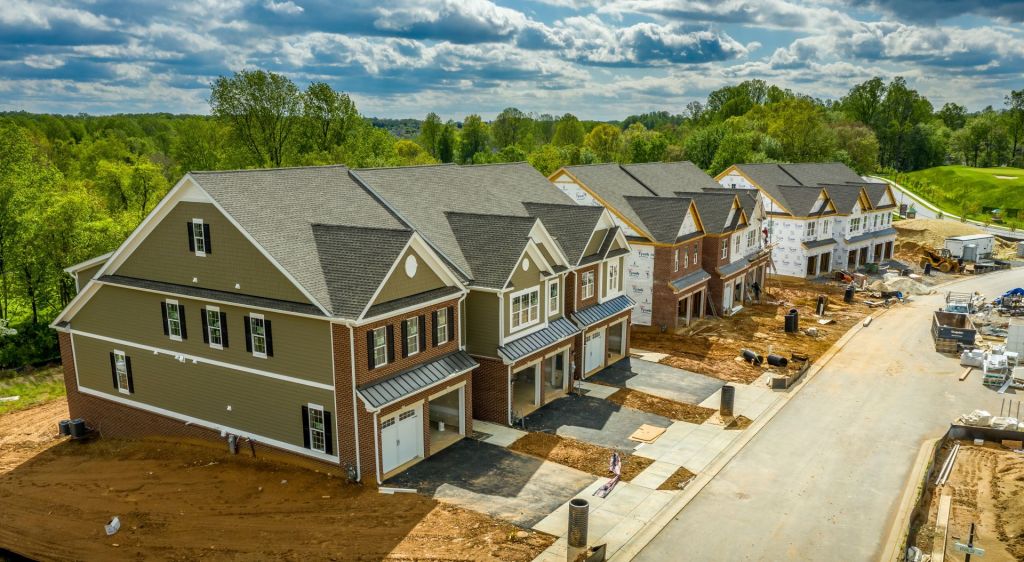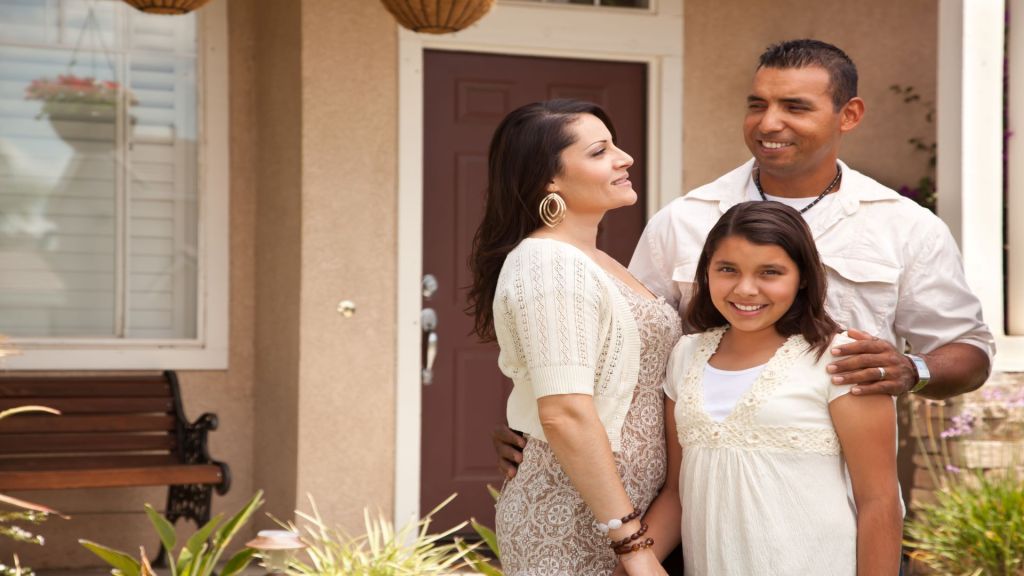Single-Family Rentals Heat Up
Hot Segment Gets Hotter
It’s been a great year for single-family rentals (SFR). Both the institutional single-family rental and build-to-suit segments have performed well despite the challenges of the pandemic. Influences on the single-family rental market One of the first notable booms in SFR followed the Great Recession. Families sought the benefits of homeownership, which include but aren’t limited […]

